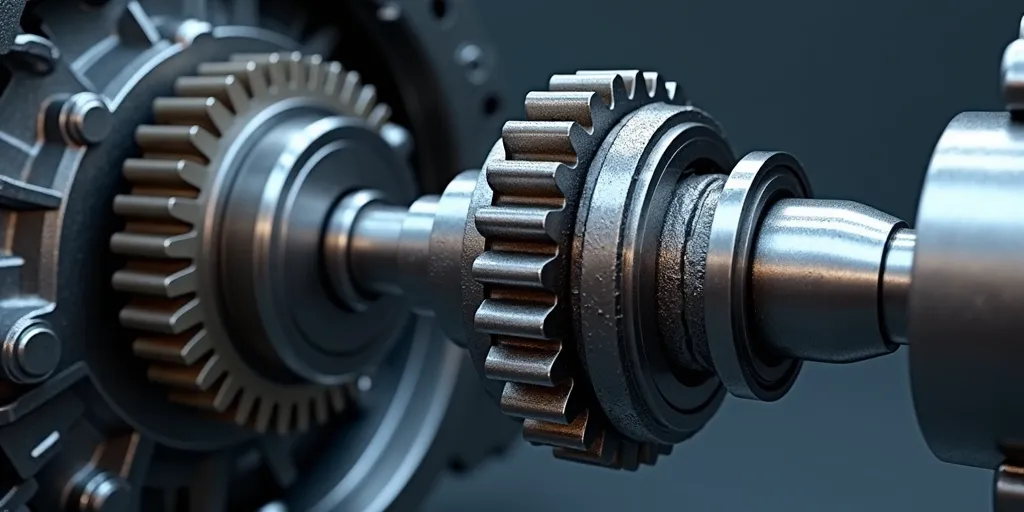-
Shopping Tools
-
Care & Maintenance
-
About
-
Dealer Login

Understanding how a golf cart transmission works can help you maintain your cart and ensure it performs efficiently. The transmission system in a golf cart is a key component that transfers power from the motor (or engine) to the wheels, allowing the cart to move. It regulates speed and torque, making it a crucial part of how your golf cart operates. In this article, we will explain how golf cart transmissions work, what controls the speed in an electric golf cart, and provide insights into maintaining the transmission system.
The transmission in a golf cart, typically a part of the drivetrain, is responsible for converting the power generated by the motor (or engine) and transmitting it to the wheels. This allows the cart to move, and it plays a significant role in regulating both the speed and torque delivered to the wheels. Depending on the type of golf cart, the transmission could be part of a simpler, direct-drive system in electric carts or a more complex multi-gear system in gas-powered carts. Either way, the transmission is essential for controlling the cart’s movement and ensuring a smooth ride.
The way a golf cart transmission works can vary depending on whether it's electric or gas-powered. However, in general, the transmission system in both types of carts has the same core function: to regulate how the power from the motor is transmitted to the wheels, and to control speed and torque. Here’s a step-by-step breakdown of how this works:
In electric golf carts, speed is primarily controlled by the motor controller. The motor controller is a crucial component in an electric cart that regulates the power supplied to the motor. It takes input from the accelerator pedal and adjusts the power delivered to the motor accordingly. Here's how the process works:
The motor controller, in essence, acts as the "brain" of the electric golf cart’s speed control system. By adjusting the current and voltage to the motor, the controller ensures that the cart accelerates or decelerates smoothly without sudden jerks or power surges.
There are generally two main types of transmissions used in golf carts: the direct drive and the gear-driven transmission systems. Both systems serve the same purpose—transmitting power from the motor to the wheels—but they do so in different ways:
Over time, the transmission in a golf cart can wear out, leading to poor performance or even total failure. Here are some signs that may indicate your golf cart transmission is failing:
If you notice any of these symptoms, it’s important to have your golf cart checked by a professional to prevent further damage and ensure a safe driving experience.
The transmission in a golf cart is a critical component that ensures power is efficiently transferred from the motor to the wheels. Whether you're driving an electric or gas-powered cart, the transmission plays a key role in adjusting speed and torque. In electric golf carts, the motor controller is responsible for regulating the speed based on input from the accelerator pedal. Regular maintenance and attention to transmission issues are essential to keeping your golf cart running smoothly.
